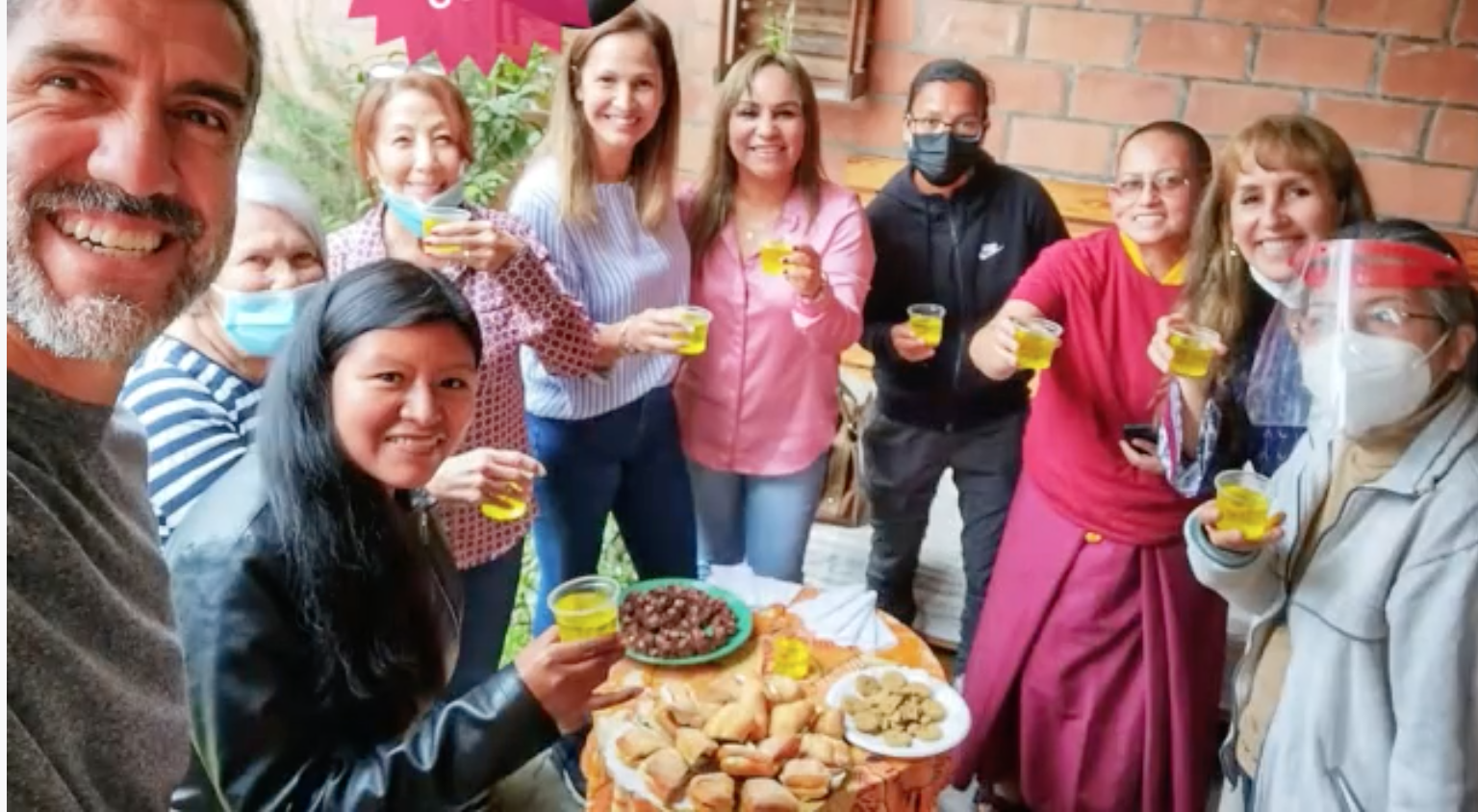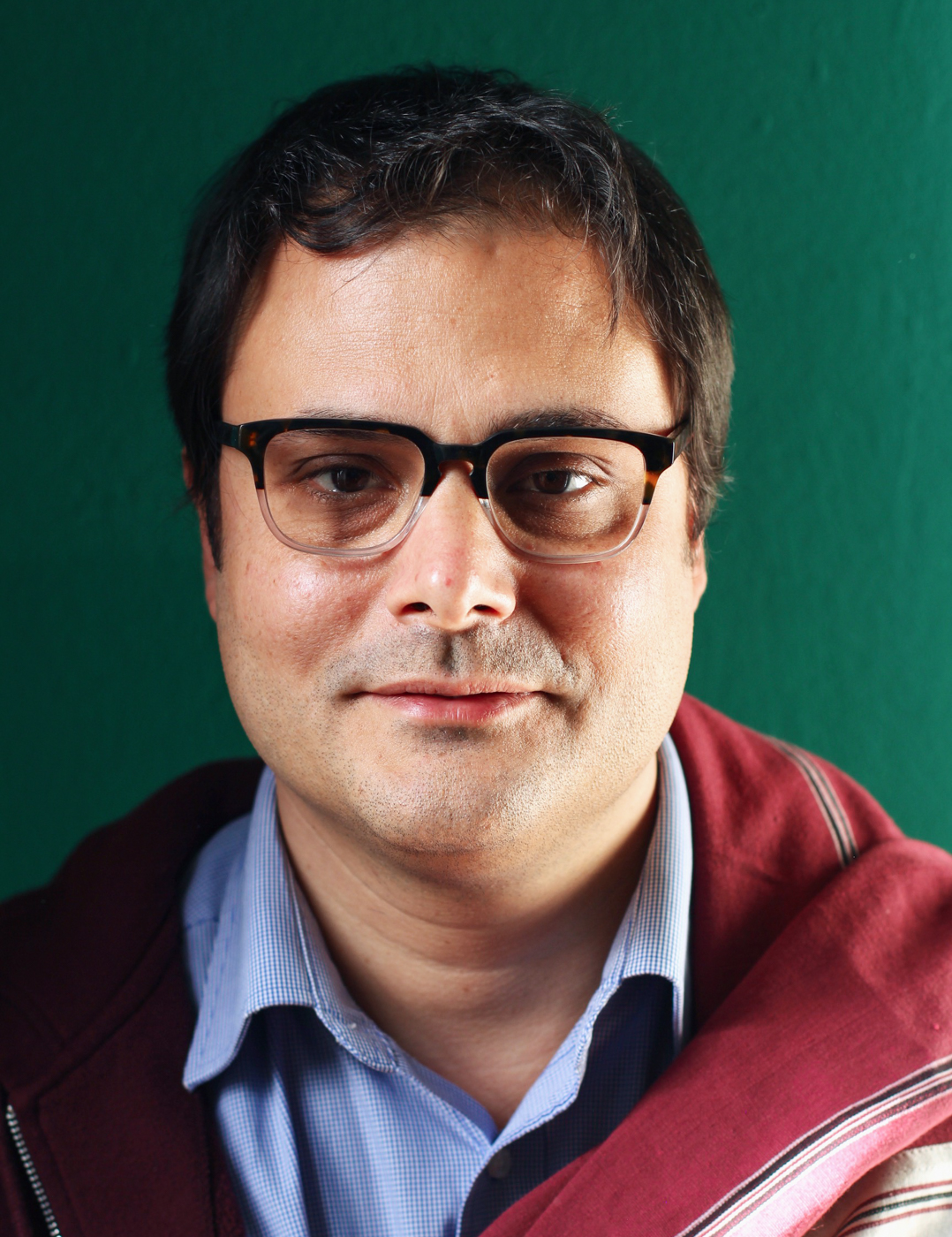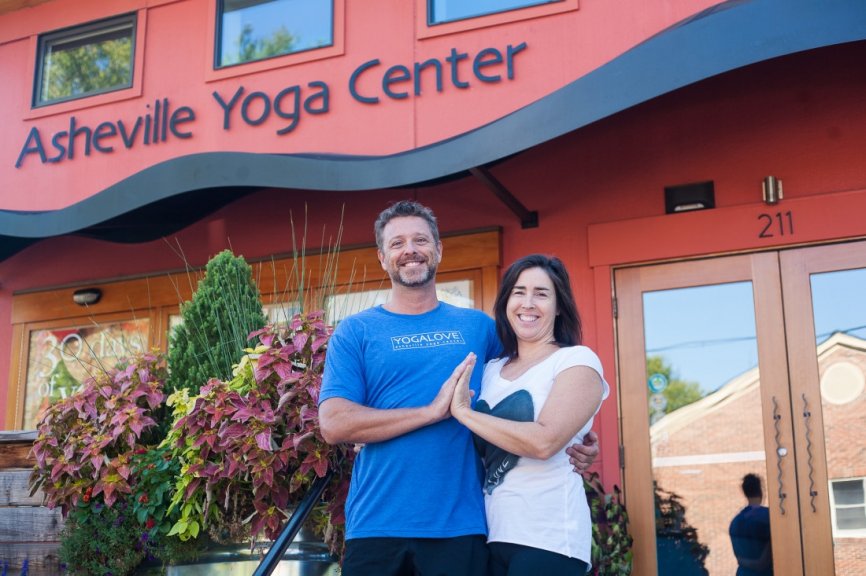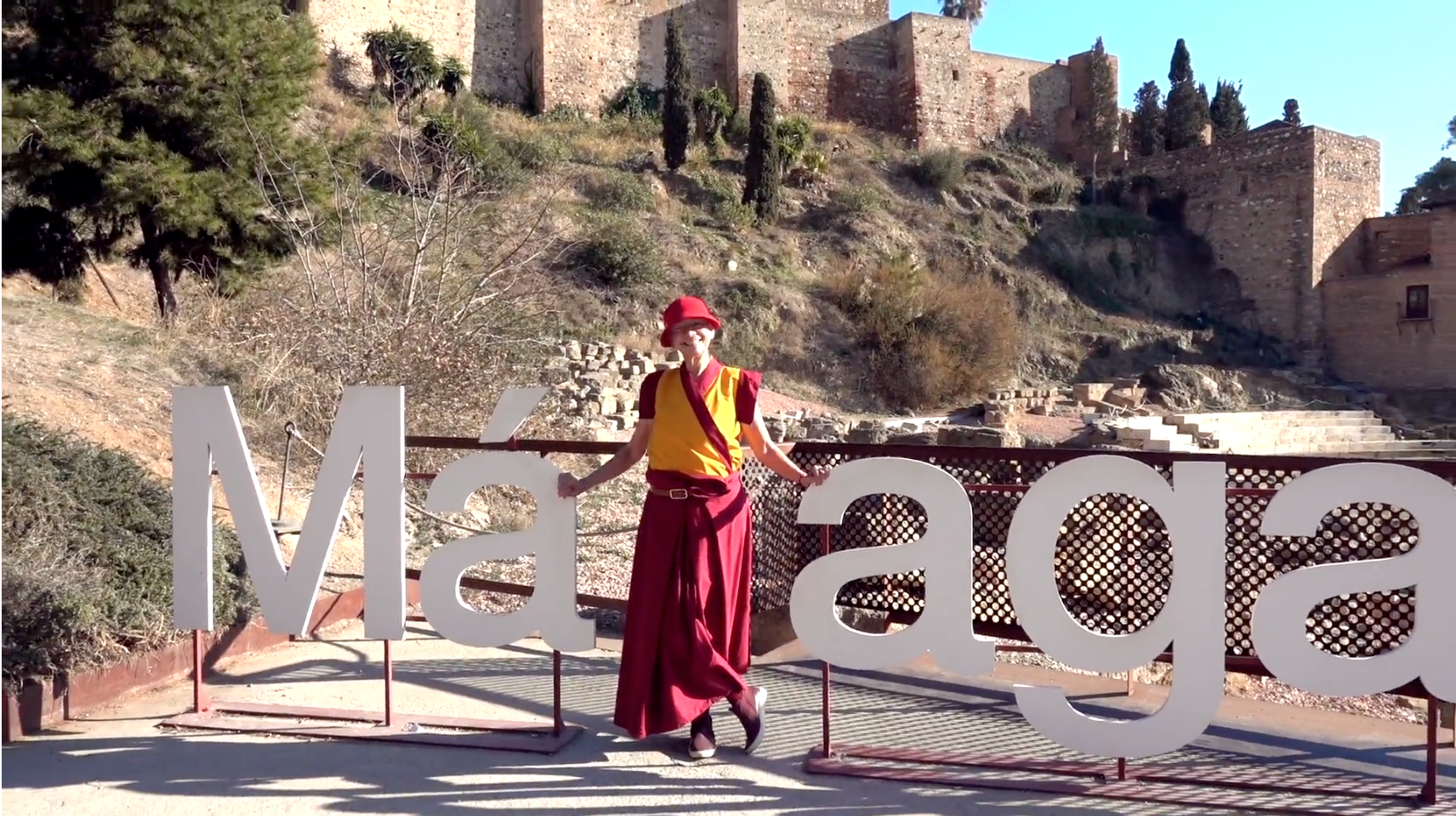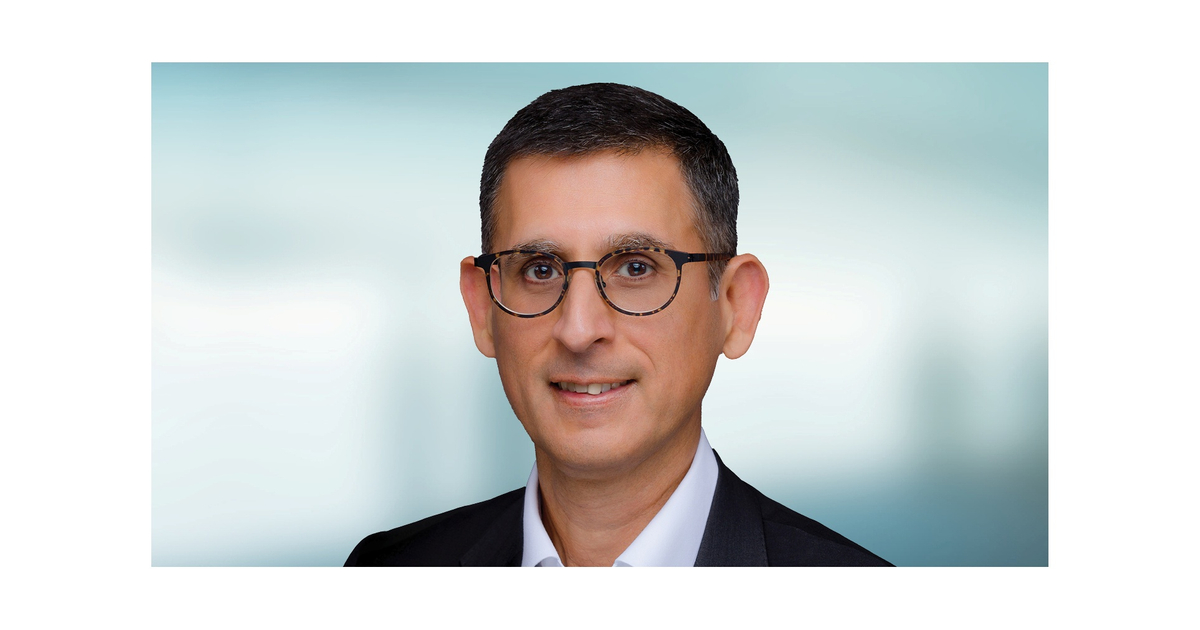Meditation Is an Invitation to Well-Being
It’s so simple—sit down, pay attention, and open your heart to life—but it’s not so easy. Leading meditation teachers Jack Kornfield and Trudy Goodman answer your questions about mindfulness practice so you can accept its invitation to a more...

It’s so simple — sit down, pay attention, and open your heart to life — but it’s not so easy. Leading meditation teachers Jack Kornfield and Trudy Goodman answer your questions about mindfulness practice so you can accept its invitation to a more present and loving life.
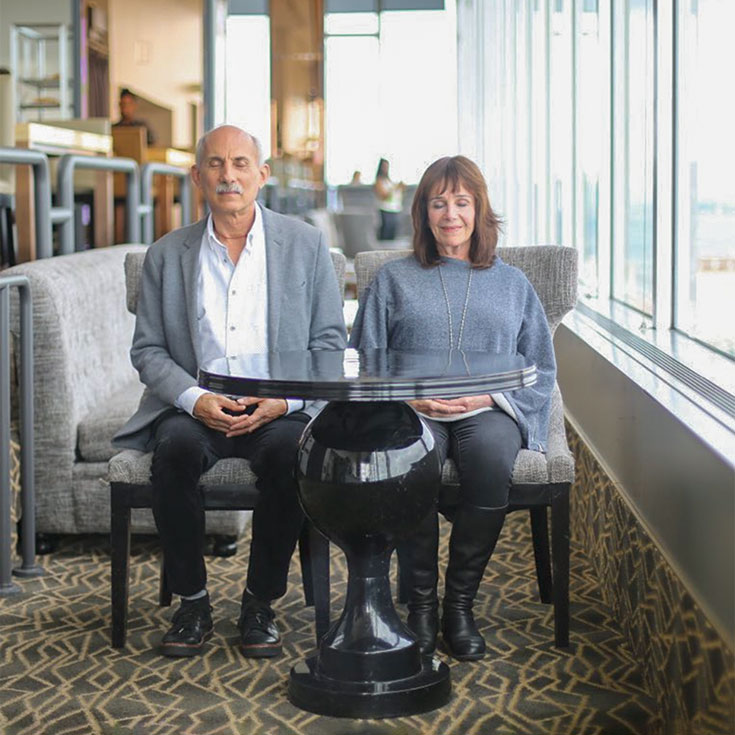
Photos by Alison Beckett
What is Vipassana meditation and how does it differ from other forms of meditation?
Trudy Goodman: All meditations have something good to offer. That’s important to know. The only bad meditation is the kind you don’t do.
What I appreciate about Vipassana, or Insight Meditation, is its emphasis on subjective awareness, on your own consciousness, as opposed to focusing on the object of meditation. While the object or focus of meditation may be the breath, the emphasis is on what’s happening in your awareness.
We’re not trying to get to the end. We’re just loving our lives, moment by moment” —Trudy Goodman
Are you liking or disliking what’s happening? Are you spacing out or ignoring it? Understanding your habitual reactions to experience gives you more possibilities for getting to know yourself in a deeper way. This also has implications for recognizing patterned responses and biases in relationship to others.
Jack Kornfield: One of the translations of the word Vipassana is “seeing clearly.” So as Trudy was saying, the focus isn’t so much on concentrating on a particular thing, whether it’s the breath or a mantra or an image—all of which are beautiful meditations for quieting the mind—but on establishing a sense of mindful awareness of what’s actually happening within our mind, heart, and body. As we get more deeply present and relaxed in the gracious way that meditation allows, then new understanding comes. A kind of wisdom is invited as we pay attention in this way.
Meditation can be something we think we should do, like we should exercise, take our vitamins, or do yoga. It can be a self-improvement project, or worse—it could be a grim duty. But in fact, meditation is an invitation to well-being and to a kind of inner joy and peace.
Of course, that doesn’t necessarily happen right away. The first thing you discover when you start to meditate is how out of control your mind is. You want to put your attention on the breath, but it spins everywhere. But with some kindness and patience, your mind starts to settle down.
The point isn’t to get someplace, but to be present with what’s there, even if it’s feelings of fear or the uprising of conflict in your life. To bring a kindness to that and say, okay, this is here. Can I hold it with compassion? Can I hold this with a tender heart and say, yes, this is part of being human? In this way inner freedom grows. You sit like the Buddha or the Bodhisattva of Compassion who says, “Yes, this is all part of life, and meditation is the gateway to presence and well-being within it.”
What guidance can you give me to clarify the meaning of the terms mindfulness, awareness, and consciousness? These words seem to mean different things to different people.
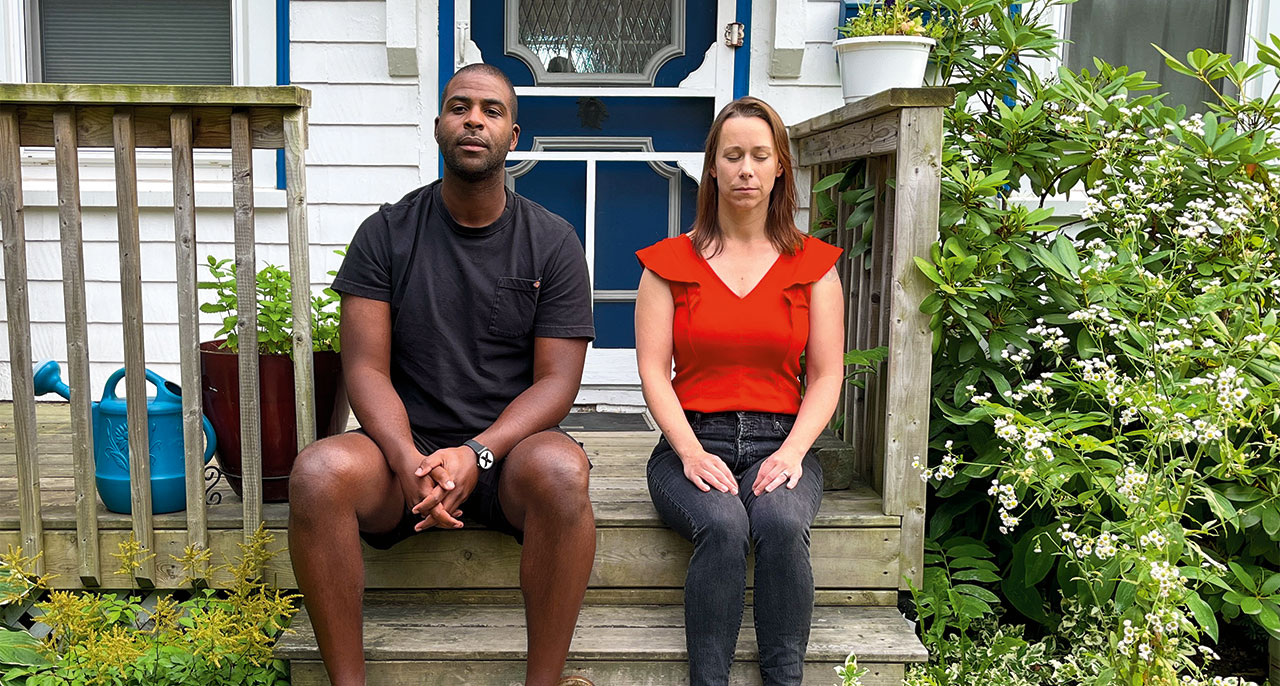
Photo courtesy of Public Meditations
Jack Kornfield: My guidance would be to relax. Even if you were to get a particular definition from somebody, somebody else would have a different definition.
These terms are basically synonyms, and they point back to yourself. They all point to our remarkable human capacity to step back and become the loving witness of our experience—to be present, not caught in it, and learn from it. These different terms are all gateways to our own direct experience of greater freedom, of being in the present with balance, clarity, and understanding.
When we meditate, is the invitation to always return to the breath when we get caught in thoughts? Does how we deal with thoughts depend on the nature of the thought, or is that just more thinking?
Trudy Goodman: First, I just want to clarify that when we talk about mindfulness of your breathing, we’re not talking about being riveted to the breath, to the exclusion of everything else. The point is to be aware of your breathing, and also aware of what’s happening within you and around you. So the invitation to return to the breath is about not getting so lost in a strong emotion, for example when you get carried away with the story the emotion generates and forget all about being mindful of the breath. Or when you get so focused on your own experience that you forget about your connection to the world around you.
What I love about practicing with the breath is realizing the breath is kind to each one of us. It will keep you company your whole life, no matter what. Your breath is keeping you alive, literally. You may be hard on yourself—it seems most people have that tendency—but when you can’t be kind to yourself, there’s always the breath, which has its own gentleness and presence. You could look at life as a kind of love or gift that breath is offering freely to each one of us. What a miracle that is.
In terms of the second part of your question, the answer is yes: all thoughts are just thoughts. This is something that takes a lot of practice to learn, at least it did for me. Of course, on one level thoughts have value for understanding our life. But on a deeper level they are like clouds. To learn that the most sublime spiritual thought, the most creative solution to a problem I was having, the most loathsome thought about the neighbor who irritates me—they’re all just thoughts. Being aware of that is important in meditation.
The challenge is to extend mindfulness more and more to include the full range of thinking, from the sublime to the negative. That takes practice, because I might be mindful of this thought, but then the next thought comes along and catches me and I forget all about being mindful.
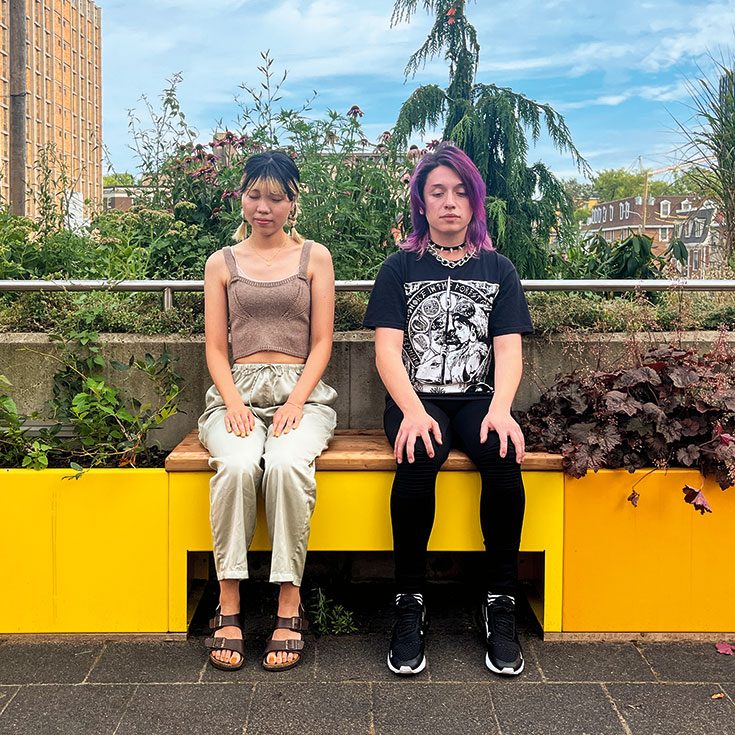
When strong emotions like sadness or anger arise when I’m meditating, do I also let go of them and return to the breath?
Jack Kornfield: If a strong emotion like sadness, fear, or anger arises, it’s okay to let go of your focus on the breath. Then you can receive the emotion, as if with a bow. You can whisper it’s name gently to yourself—“Sadness, sadness,” “Fear, fear”—which is a kind of mindfulness tool to acknowledge what you are feeling. You can feel the emotion move through your body and heart.
Maybe it tells a story, and you can acknowledge that. You remain centered and gracious with whatever arises, maintaining a steady presence of awareness. Then when the wave of emotions has subsided, you can come back again to the breath, which becomes a stabilizing resting practice.
There’s also a really important heart dimension to the practice of mindfulness. Ram Dass called it mindful loving awareness. This brings together attention and kindness. It’s there in the original Buddhist texts where the Buddha first teaches loving-kindness, which he says is like the feeling of a mother holding her child.
The practices of loving-kindness and self-compassion are really important as a complement to, or something woven into, the mindfulness practice we do. Lots of times people will say that it’s the loving-kindness or the self-compassion that made the biggest difference to finding freedom and well-being in their lives. It’s important to see mindfulness and kindness practices as compliments to each other, as part of a whole.
When I’m experiencing a lot of stress, grief, or illness, I find it hard to meditate and focus. My mind goes fast and the feelings can even get stronger.
Trudy Goodman: It’s true that focusing on things can amplify them and make them seem bigger and stronger. But that’s temporary. If you stick with meditating, that will change, I promise you.
When you’re working with fear, grief, or illness, it may be more appropriate to do some self-compassion practices. Kindness is crucial at times when you’re really stressed, but it may not feel so accessible then. That’s why self-compassion and loving-kindness practices are so important during difficult times. They may initially feel contrived, as if you’re just applying some artificial technique to yourself, but if you stay with it, with the intention to be gentle and tender with these painful feelings, they will change.
It’s also important to consider why you are stressed or grieving. You may be feeling the collective grief of your community, or stress about the world. Then it’s important to take some action, informed by the loving awareness you’ve been practicing.
It is true that it’s hard to stay with the practice when we’re upset. I recently lost two beloved friends who were killed in a car accident, leaving three children. It’s very difficult when these kinds of tragedies happen. There are personal tragedies and communal ones—war, racism, mass shootings are massively upsetting. The key is not to expect yourself not to be upset, but to say that grief is natural, it’s what is true right now. Being stressed by these years of Covid is one truth now, and you don’t need to try to make that go away.
Paradoxically, the more you recognize that this is how it is right now, the more likely your feelings will change. And it’s easier to let things be, or let things go, when you have some awareness and compassion for them. You’d think that the things that make you the most miserable would be the easiest to let go of, but it doesn’t work that way.
Jack Kornfield: Yes, our resistance to things actually keeps them stuck in some way.
One thing to add to Trudy’s beautiful perspective is that in times of great grief or stress, sometimes walking meditation is a better practice than sitting meditation. Maha Ghosananda, a dear friend and teacher who was called the Gandhi of Cambodia, worked in some of the most difficult circumstances you could imagine, guiding people back to places where there had been terrible violence.
He really focused on walking meditation—he would do it again and again in this situation of terrible trauma.
So if you’re really stressed or feeling grief, sitting still may not be the right thing to do. Walking back and forth, feeling your feet touch the earth with each step, brings the heart, body, and mind together. It is a kind way to let things settle and hold all that is happening.
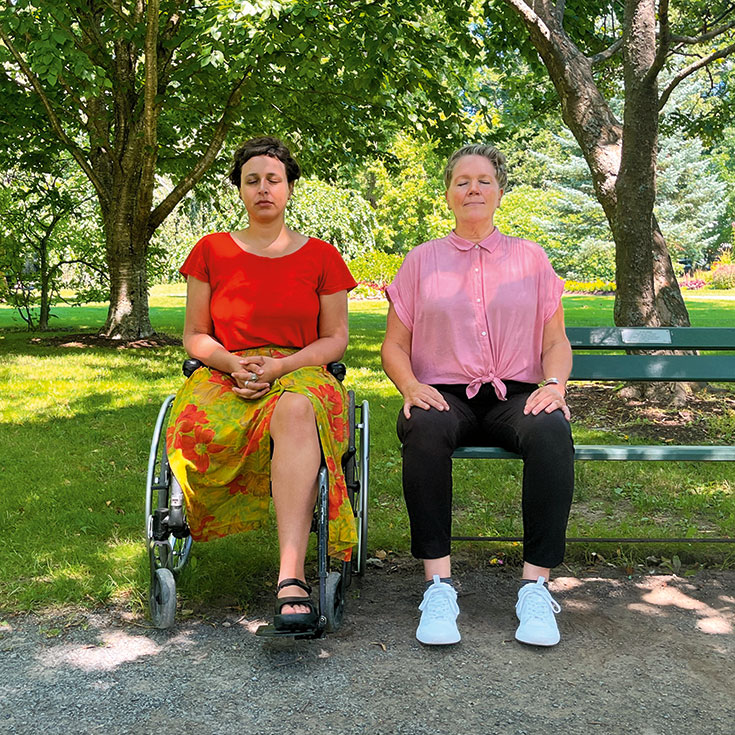
I work as an emergency room nurse. How can I use mindfulness practice to help patients in the ER handle the trauma and fear they’re experiencing?
Jack Kornfield: This is a really beautiful question because it’s down in the trenches. How do we actually use this technique in a high-pressure situation like this? It’s one thing to sit and meditate on a nice cushion in a comfy corner of your bedroom, and it’s another to do it when you’re working in the ER.
Sometimes the best thing to do is the simplest.” —Jack Kornfield
There your presence has an enormous effect. We know through neuroscience, through the studies of mirror neurons, that other people resonate with the quality of your presence. So to the extent you can approach all the distress, fear, pain, and emotion with a loving presence, that’s a huge help.
Sometimes the best thing to do is the simplest, like reaching out and holding someone’s hand. You can take some deep breaths as you hold their hand. You can even invite them to join you. They are frightened and stressed, so you can say, “Let’s take a few breaths together. Let’s see what happens as we breathe. Can you bring a little ease around all that you’re carrying?” You’re not trying to become some sort of mindfulness instructor. You’re just helping them with your presence by saying something as simple and grounded as, “Let’s take a few breaths together.”
Trudy Goodman: I’ve experienced this on the other side, as a patient. Years ago, I was hit by a car and was in the hospital in tremendous shock. I remember my then-husband, who was also a meditator, just breathing with me, really slowly, really steadily. So I can say from the other side that yes, this is really powerful and helpful.
I’ve been meditating for a long time and it’s helped me be aware of strong emotions such as anger and anxiety arising in my everyday life. Yet I still find myself taken over by these emotions and acting out, even while I’m aware I’m doing it. What’s the bridge between mindfulness of emotions and less reactivity? I’ve tried taking breaths or accepting the emotions, and still become dissociated from reality because of anger or anxiety.
Trudy Goodman: That’s a great question because it is so common to be controlled by emotions even though you are aware of them. Here is a simple everyday example: I’m aware of wanting to eat that extra bite of chocolate, yet I still do it, even though I know I’ve already had enough. This kind of disconnect between awareness and action is very, very common, even among longtime meditators.
The part of the question I want to pick up on is what it means to be dissociated from reality through anxiety or anger. I think this refers to being disassociated from the bigger reality that holds all experience. You might call it your true nature, or your birthright, to know the vast space of loving awareness that is the bigger reality. But at the same time, a moment of anger is truth; anxiety is truth, too. Whatever you are experiencing right now is the truth of reality in this moment—life in the form of anger, life in the form of anxiety.
This is the truth of what it’s like to be a human being, so it’s not a dissociation. It’s not like you’re supposed to be somewhere else that is peaceful and lovely. You don’t enjoy being caught in anger or anxiety—these are not pleasant places to be—but for us human beings, these states arise, especially in tough times. Understanding this helps you avoid adding self-judgment to feelings that are already hard to bear.
So the awareness that you’re in such a state, but you can’t stop it, is a call to do a counterintuitive thing—turn toward it, explore it, even let it get a little more intense. Inside this question is the completely understandable wish to make these states go away. But when you approach painful feelings with the agenda to get rid of them, that’s not mindfulness—it’s aversion and it just doesn’t work.
Jack Kornfield: One of the tools that can be helpful when you are experiencing overpowering emotions is ask yourself, “Where do I feel this in my body?” Fear might be there in your gut, or you might feel it in your shoulders or hands. Once you’ve located it in your body, then ask the question, “How am I holding it?”
You’re not trying to make it go away. As Trudy talked about, you are just opening up to the emotion, including what it’s like to experience it in your body. You’re not dissociating; you’re here with your full human experience. That becomes a way to trust that you can be present for even the most intense emotions and not be automatically pulled to react to them.
I create my own suffering through habitual thought patterns. For example, I struggle with imposter syndrome—the recurring idea that I am somehow not good enough or I don’t deserve to be in a particular position. How do I break the hold of these habitual thoughts?
Trudy Goodman: Just asking that question shows a lot of mindful awareness. So right there, that’s something to celebrate and appreciate.
There are certain thought patterns that are habitual. As a woman, I can relate to your example. When I was younger, I would often have thoughts like, oh, they’ve made a mistake in hiring me, or I’m not really who they think I am. My mind would generate all kinds of quite crazy thoughts, but they seemed reasonable in the moment.
Mindfulness can help us recognize the pattern, as you have done. Then you might start to see many different forms of self-doubt in your life. That can be painful, because you might feel, oh my gosh, this is everywhere, how am I ever going to disentangle myself? But you can trust that awareness of the pattern is the beginning of the disentangling.
It can help to make a mental note to yourself: Okay, I’m having a thought about my self-worth, or about being an imposter. I’m having this thought and it’s time for some self-compassion, some loving-kindness, because it’s painful. It is also helpful to understand how your culture may be reinforcing negative self-images. Then it becomes less personal and you may be more inspired to actively resist this.
Making a mental note about having a thought is helpful because increasing familiarity with the pattern helps you develop a bit of distance from it. It’s like any inner demons that keep appearing. The first time, they really scare you. But by the hundredth time, the ten thousandth time, it’s like, oh, you again? It doesn’t have the same hold over you.
Sometimes people think that meditation is self-centered—that with mindfulness we try to tune out the problems and concerns of the world around us. Is this accurate?
Jack Kornfield: In fact, mindfulness is quite the opposite of this. From the very beginning, mindfulness is taught as both an inner and outer practice. You quiet the mind and open the heart. And in doing so, you can dissolve the sense of separation between yourself and the world. You see beyond the small sense of self or the body of fear and recognize interdependence—how you are a part of everything.
Then this mindful presence leads to mindful response. In Zen, they describe it this way: “There are only two things: you sit and you sweep the garden.” With the establishment of mindful presence in your sitting, you can enter the garden of the world and tend to the problems. You can water the seeds of goodness, compassion, and mutual care. The global problems of climate change, racism, injustice, pandemic, and divisiveness all cry out for a mindful and wise response, not reactive but proactive. Meditation brings the very courageous and steady heart that is necessary to make the changes our world so needs.
Trudy Goodman: Honesty is one way to understand mindfulness. It’s about seeing clearly and being honest about what you see. Seeing with kind eyes is called loving awareness. Awareness extends beyond the limited boundaries of oneself to include others and the natural world. Once you open your eyes and see honestly how challenging life can be, you begin to notice an upwelling of compassion and wanting to help in some way.
Over the decades, I’ve witnessed countless practitioners wake up to a newfound sense of unity and kinship with all life. I feel this, too; it motivates me to work for positive change in the world. Ending pervasive racism, putting a stop to the devastation of war, the injustice of poverty and environmental destruction—this is the work of generations. And it all rests on the human capacity to overcome greed, hatred, and ignorance with mindful, loving awareness.
Is there a sense of where you should be in your practices? If you’ve been meditating for a certain period of time, is there some goal or skill or insight you should have attained?
Jack Kornfield: We think there’s some place where we’re supposed to be. There is. And guess where it is? It’s right where we are. It’s the “Be Here Now” mantra of Ram Dass.
Meditation is an invitation to live in the reality of the present. This is actually all we have. Beyond thoughts of the past and future, there is the timeless present. The capacity to be where we are, and respond wisely, tending the world with an open heart and a clear mind, is the great gift that meditation brings to us.
Trudy Goodman: I love this question because it comes out of all our conditioning in school and society to measure and judge our progress. For me, part of the beauty of these practices is to free my heart, and one of the things my heart has needed freedom from is these standards of measurement. Like always wondering, how do I measure up? What was my grade at that meditation retreat?
It’s not relevant. That’s not to say that there isn’t a path and there aren’t markers on the path. But the markers are things like, Are you happier? Do you feel more at ease? Are you a little less judgmental toward yourself and other people? Has anybody you live or work with said, “Gee, you’ve been nicer recently”? Those are the kind of things you might want to look at, rather than asking yourself where you are on some external map.
Anytime you, as a self, are comparing yourself to others, or to some external standard, you’ve gotten disconnected from your own being. That’s why comparisons, even though the mind makes them all the time, actually don’t help on the path.
Jack Kornfield: And it’s good to be playful with it, because meditation is as much an art as a science. You start to sense what works for you, and what works for you this week might be different from what worked before.
Alan Watts said that meditation is a little bit like making music or dancing—the point isn’t to get to the end as fast as possible. You just enjoy the reality of being with the rhythms of life as they arise. There’s an invitation in meditation to dance with emotions and thoughts, with this body and breath, and to witness the whole of your human incarnation in a way that is inviting and helpful and ultimately liberating for yourself and for serving those around you.
Trudy Goodman: It’s loving your life. The best lover is not the one who finishes making love the fastest, right? We’re not trying to get to the end. We’re just loving our lives, moment by moment.
This article is adapted from a question and answer session with Trudy Goodman and Jack Kornfield during the Lion’s Roar online course Insight and Mindfulness: A Self-Paced Course on the Heart of Mindfulness Practice, moderated by Lion’s Roar associate editor Mihiri Tilakaratne. This course is available at learn.lionsroar.com.

 FrankLin
FrankLin 







